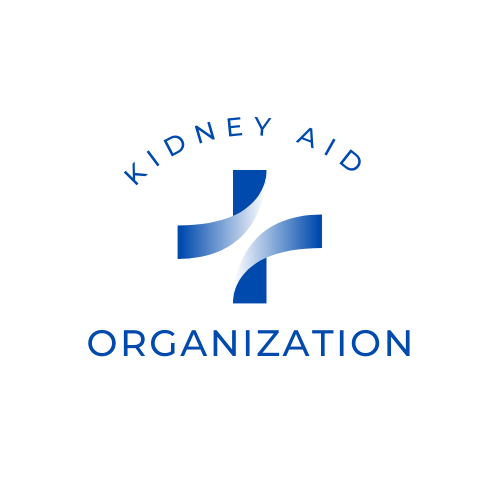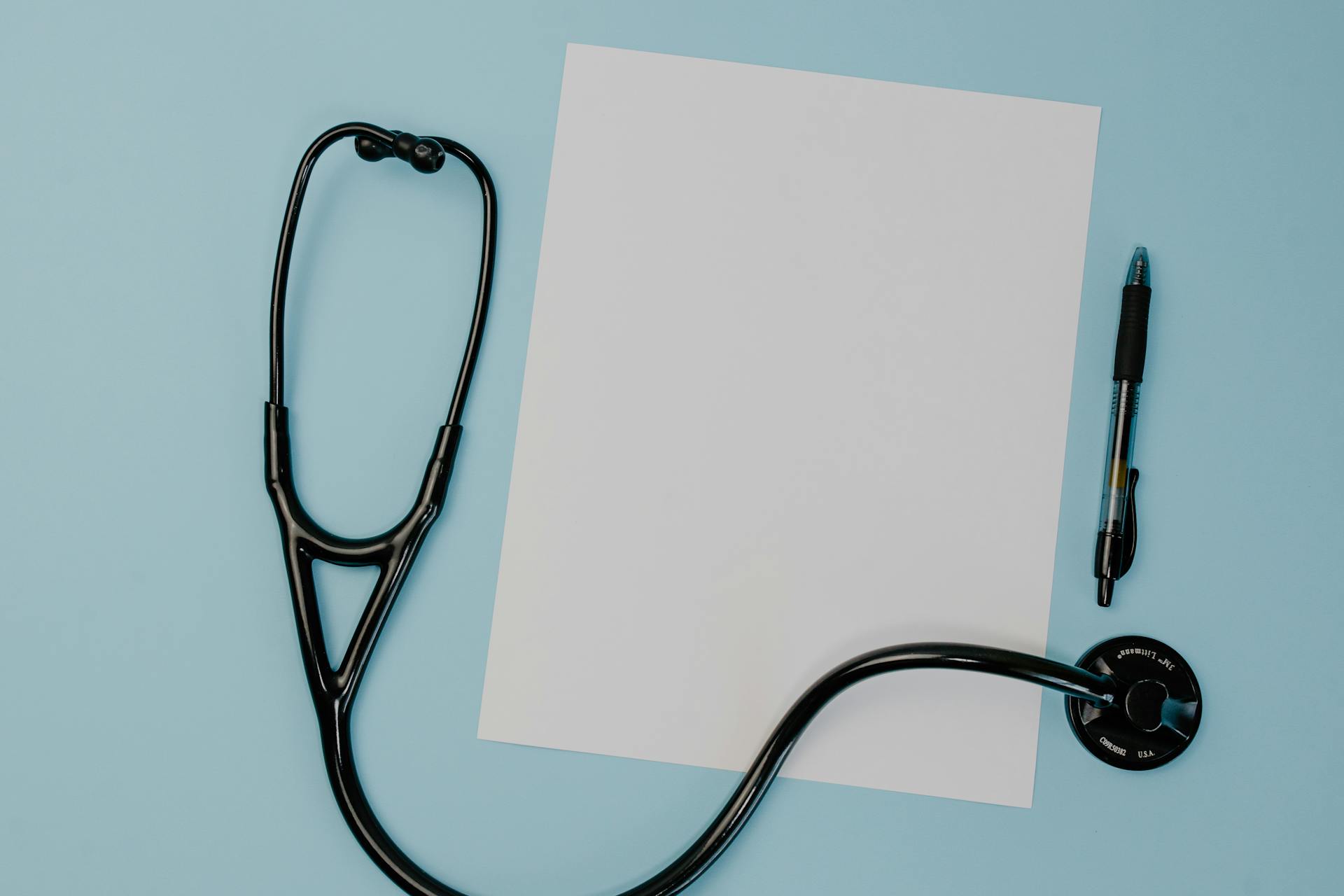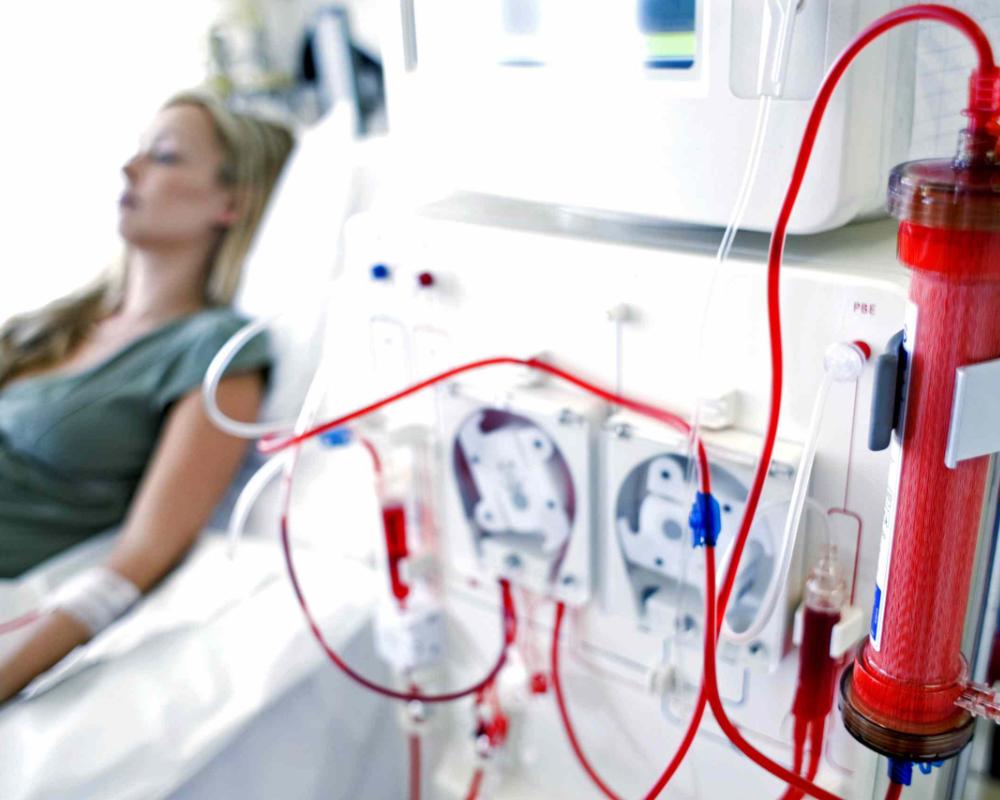Groin pain is a common complaint that can arise from a variety of causes, ranging from musculoskeletal issues to more serious underlying conditions. One such condition that may be associated with groin pain is kidney disease. While groin pain is not always a direct symptom of kidney disease, understanding the connection between the two can help individuals recognize when it might be a sign of a more serious health issue. In this blog post, we’ll explore the relationship between groin pain and kidney disease, the potential causes, symptoms to watch for, and when to seek medical attention.
By staying informed and attentive to your body’s signals, you can better navigate the complexities of groin pain and kidney health. Remember, early detection and intervention are key to managing kidney disease and maintaining your quality of life.
What is Groin Pain?
The groin is the area where the abdomen meets the legs, and it houses several important structures, including muscles, ligaments, lymph nodes, and parts of the urinary and reproductive systems. Groin pain can be sharp, dull, throbbing, or aching, and it may occur on one or both sides. Common causes of groin pain include:- Muscle strains or injuries (often from physical activity)
- Hernias
- Inguinal lymphadenopathy (swollen lymph nodes)
- Infections
- Nerve compression
- Hip joint problems
The Kidneys: An Overview
The kidneys are two bean-shaped organs located just below the rib cage on either side of the spine. They play a vital role in filtering waste products from the blood, regulating fluid and electrolyte balance, and producing hormones that control blood pressure and red blood cell production. When the kidneys are not functioning properly, it can lead to a range of symptoms, including pain.How Kidney Disease Can Cause Groin Pain
Kidney disease refers to any condition that impairs kidney function. This can include acute kidney injury (sudden loss of function) or chronic kidney disease (gradual loss of function over time). While groin pain is not a hallmark symptom of kidney disease, there are several ways in which kidney-related issues can cause or contribute to groin pain:1. Kidney Stones
Kidney stones are one of the most common kidney-related causes of groin pain. These hard deposits of minerals and salts can form in the kidneys and travel down the urinary tract. As a stone moves through the ureter (the tube connecting the kidney to the bladder), it can cause severe, radiating pain that often starts in the flank or lower back and extends to the groin. This pain, known as renal colic, is typically sharp and intermittent.2. Urinary Tract Infections (UTIs)
UTIs can affect the kidneys (pyelonephritis) and cause pain that radiates to the groin. In addition to groin pain, symptoms may include fever, chills, burning during urination, and frequent urges to urinate.3. Polycystic Kidney Disease (PKD)
PKD is a genetic disorder characterized by the growth of cysts in the kidneys. As these cysts enlarge, they can cause pain in the abdomen, sides, or groin. The pain may be dull and persistent or sharp and intermittent.4. Kidney Infections
Infections of the kidney (pyelonephritis) can cause pain in the flank or lower back that may radiate to the groin. Other symptoms include fever, nausea, vomiting, and cloudy or bloody urine.5. Referred Pain
The kidneys share nerve pathways with other areas of the body, including the groin. When the kidneys are inflamed or damaged, the pain signals can sometimes be perceived in the groin region.Other Symptoms of Kidney Disease to Watch For
While groin pain can be a symptom of kidney disease, it is rarely the only symptom. If you experience groin pain along with any of the following, it may indicate a kidney-related issue:- Flank pain: Pain in the sides or lower back, just below the ribs.
- Changes in urination: This includes frequent urination, difficulty urinating, blood in the urine, or foamy urine.
- Swelling: Kidney disease can cause fluid retention, leading to swelling in the legs, ankles, feet, or face.
- Fatigue: A buildup of toxins in the blood due to impaired kidney function can cause extreme tiredness.
- Nausea and vomiting: These symptoms may occur as waste products accumulate in the body.
- High blood pressure: The kidneys play a key role in regulating blood pressure, so kidney disease can lead to hypertension.
When to Seek Medical Attention
Groin pain can be caused by a wide range of conditions, some of which are minor and others that require immediate medical attention. You should consult a healthcare provider if:- The pain is severe or persistent.
- You experience additional symptoms such as fever, nausea, vomiting, or blood in the urine.
- You have a history of kidney disease or kidney stones.
- The pain is accompanied by swelling in the legs or abdomen.
- You notice changes in urination patterns.
Diagnosing the Cause of Groin Pain
To determine whether groin pain is related to kidney disease, a healthcare provider will typically perform a thorough evaluation, which may include:- Medical history: Discussing your symptoms, medical history, and any risk factors for kidney disease.
- Physical examination: Checking for tenderness, swelling, or other signs of kidney-related issues.
- Urine tests: Analyzing a urine sample for signs of infection, blood, or protein.
- Blood tests: Measuring kidney function through tests such as serum creatinine and blood urea nitrogen (BUN).
- Imaging studies: Using ultrasound, CT scans, or MRIs to visualize the kidneys and urinary tract.
Treatment Options
The treatment for groin pain related to kidney disease depends on the underlying cause. Some common approaches include:- Kidney stones: Small stones may pass on their own with increased fluid intake and pain management. Larger stones may require medical intervention, such as lithotripsy or surgical removal.
- Infections: Antibiotics are typically prescribed to treat kidney or urinary tract infections.
- Chronic kidney disease: Management may involve lifestyle changes, medications to control blood pressure and blood sugar, and, in advanced cases, dialysis or a kidney transplant.
- Pain management: Over-the-counter or prescription pain relievers may be recommended to alleviate discomfort.
Preventing Kidney Disease and Groin Pain
While not all cases of kidney disease can be prevented, there are steps you can take to reduce your risk and protect your kidney health:- Stay hydrated by drinking plenty of water.
- Maintain a healthy diet low in salt, processed foods, and sugar.
- Exercise regularly to support overall health.
- Avoid smoking and limit alcohol consumption.
- Manage chronic conditions such as diabetes and high blood pressure.
- Get regular check-ups to monitor kidney function, especially if you have risk factors for kidney disease.
Conclusion
Groin pain can be a puzzling and uncomfortable symptom, and while it is not always linked to kidney disease, it’s important to consider the possibility, especially if accompanied by other warning signs. Understanding the connection between groin pain and kidney disease can help you take proactive steps to protect your health and seek timely medical care when needed. If you’re experiencing persistent or severe groin pain, don’t hesitate to consult a healthcare provider to determine the cause and appropriate treatment. Your kidneys play a vital role in your overall well-being, and taking care of them is essential for a healthy life.By staying informed and attentive to your body’s signals, you can better navigate the complexities of groin pain and kidney health. Remember, early detection and intervention are key to managing kidney disease and maintaining your quality of life.
Are you tired of living under the shadow of kidney disease? Are you yearning for a life free from the shackles of dialysis, kidney failure, and the looming threat of kidney transplants? If so, you're in the right place at the right time. Imagine waking up every morning with boundless energy, feeling rejuvenated and ready to take on the day. Envision a life where your kidneys are functioning optimally, and you no longer dread the burdensome routines of dialysis sessions. The Kidney Disease Solution Program is here to turn that vision into reality for you.


